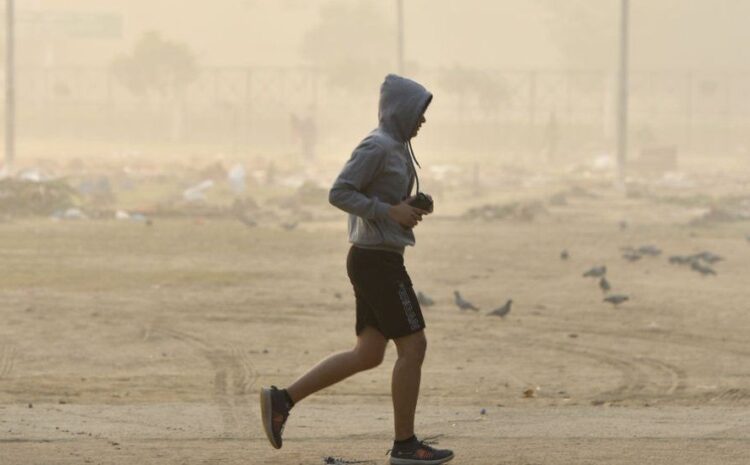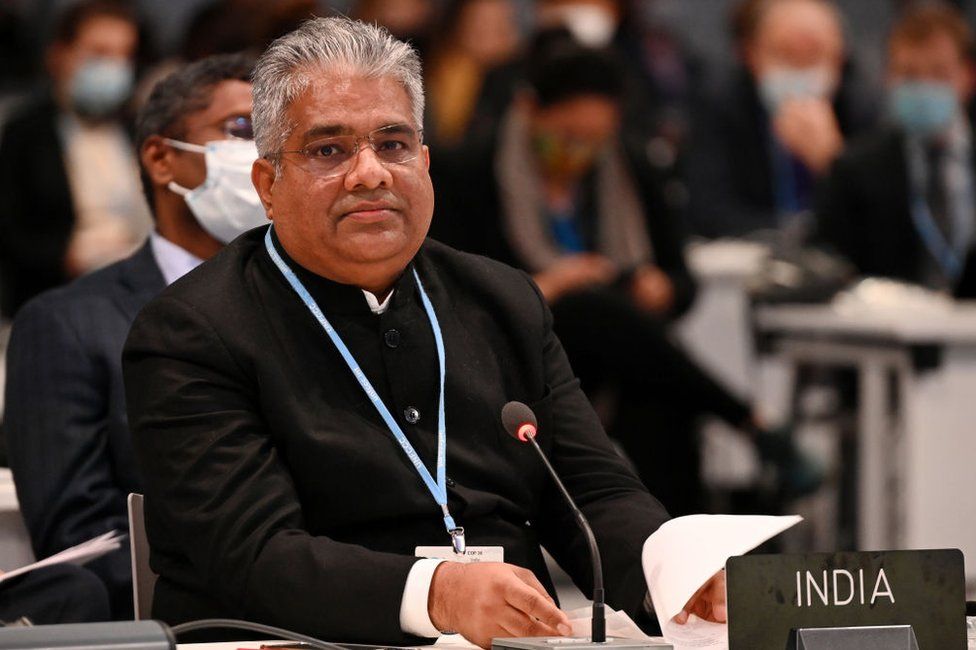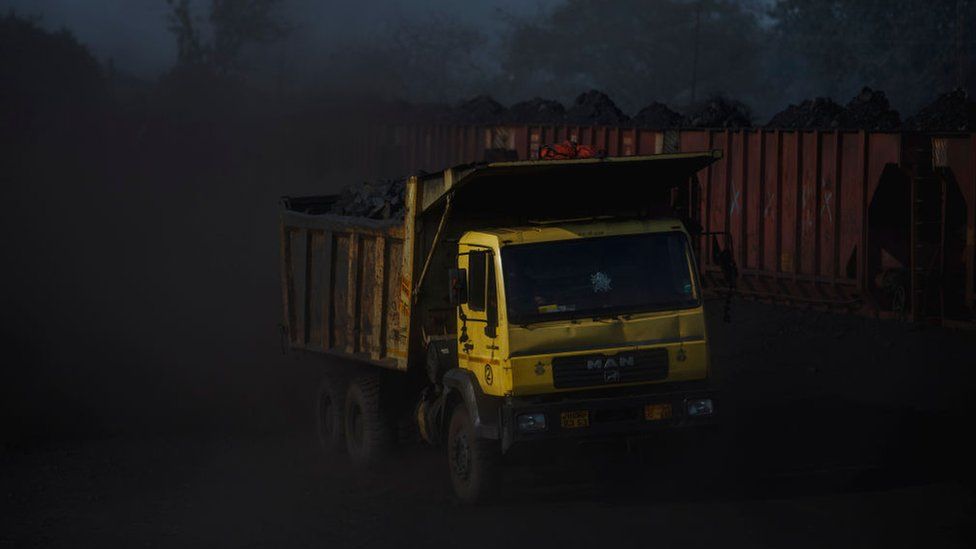
IMAGE SOURCE, GETTY IMAGES Image caption, Delhi has been enveloped in a toxic smog for days
By Rajini Vaidyanathan
BBC South Asia Correspondent
Air quality in the city has been hovering between “severe” and “hazardous” for several days now. The Delhi government on Sunday announced that schools would close for week and said it was mulling over a “lockdown” to improve air quality.
Burning of crop stubble, industrial and vehicular pollution, and weather patterns turn the city’s air noxious every winter.
But the air in the capital – and large parts of northern India – remains poor most of the year. Pollutants from coal-fired power plants are among the culprits.
Despite pressure on India and China, two of the world’s top carbon emitters, to sign a deal to end coal use, the two big consumers of coal proposed a last-minute change in wording – countries have now agreed to “phase down” rather than “phase out” coal.
The news of the change made big headlines around the world with many heaping scorn and disappointment on India for desperately clinging to coal.
India’s Environment Minister Bhupender Yadav, who was at the Glasgow summit, said India had achieved “remarkable results”, but it’s all about striking a balance. He said he had articulated the concerns and ideas of other developing nations, who also rely on fossil fuels to power growth.
 IMAGE SOURCE, GETTY IMAGES
IMAGE SOURCE, GETTY IMAGESThe narrative in many parts of the media was that India stood up to the world and came home with what it wanted.
“India has maintained that the current climate crisis has been precipitated by unsustainable lifestyles and wasteful consumption patterns mainly in the developed countries. The world needs to awaken to this reality,” Mr Yadav wrote in a blog.
Jairam Ramesh, a former environment minister from the opposition Congress party, said the outcome this year was “the best India can offer”.
“India has to be responsive globally and responsible domestically,” he said.
 IMAGE SOURCE, GETTY IMAGES
IMAGE SOURCE, GETTY IMAGES“Solar is extremely important – it’s growing very fast but you can’t replace coal with solar in such a short period of time,” said Vaibhav Chaturvedi from the Council on Energy, Environment and Water (CEEW). The economist has just returned from the COP26 summit where he also advised the Indian delegation.
“Both are going to grow in the next 10 years. Solar will grow very fast, coal will grow slowly,” he added.
At the COP26 summit, Prime Minister Narendra Modi pledged to hit net zero emissions by 2070 – two decades later than many Western nations have pledged.
But many are quick to point out that the average Indian consumes far less energy than the average Briton or American – and that Western countries haven’t done all that they have promised either, including providing much-need climate finance to help poorer countries meet their targets.
“It’s very hard for India or any developing country to trust the developed nations now,” Mr Chaturvedi argues.
